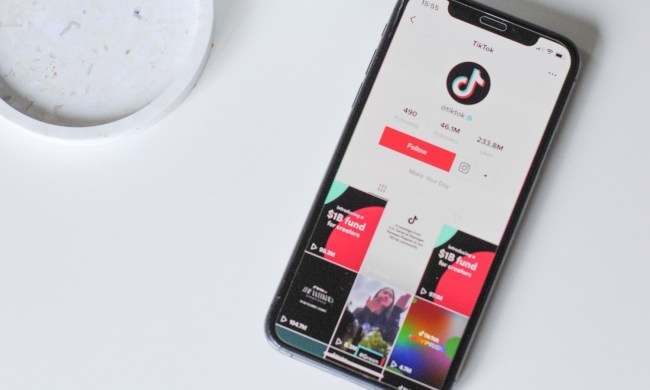As coronavirus fears sweep across social media, TikTok’s newest member is the World Health Organization (WHO).
In its first-ever video on the platform, a WHO official demonstrates various ways to stop the spread of Covid-19 — by washing your hands frequently, using a flexed elbow when sneezing, and staying home when feeling sick. The caption reads: “We are joining @tiktok to provide you with reliable and timely public health advice! Our first post: How to protect yourself from #coronavirus?”
Big day for @WHO social media:
1️⃣ we kicked off @tiktok_uk/@tiktok_us account https://t.co/msyYPfZDGN
2️⃣ we kicked off our first @LinkedIn Live https://t.co/dhcuXA2kcq
Follow us for reliable & timely updates on #coronavirus & public health advice!
— Aleksandra Kuzmanovic (@KuzmanovicA) February 28, 2020
In recent weeks, misinformation about the coronavirus has made its way across sites like Facebook, TikTok, and Twitter, according to The Verge. Memes and fake stories of users contracting the virus spread nearly as quick as the virus itself. One TikTok user falsely identified a friend as Canada’s first coronavirus patient.
In a briefing earlier this month, Dr. Tedros Adhanom Ghebreyesus, a director-general of WHO, said the organization is working with Facebook, Google, Tencent, Baidu, Twitter, TikTok, Weibo, Pinterest, and others “to filter out false information and promote accurate information from credible sources” like the Centers for Disease Control and Prevention.
When searching “coronavirus” on Google, the first link at the top is to WHO’s advisory information page. On Twitter, users curious about the coronavirus will first see a message reading “Know the facts,” which then directs to the CDC’s website. Same goes for Facebook.

TikTok is not new terrain for medical professionals. Doctors and nurses have used the app as a way to provide a general audience with basic medical information — even if that information can sometimes be misleading and lead to outrage.
In January, TikTok started notifying users searching for coronavirus content, encouraging them to seek out “trusted sources” and issuing a warning that any videos featuring false information would violate its community guidelines.
As an app that is largely popular among teenagers, TikTok has rapidly accumulated more than a billion users and more than 700 million downloads across the globe. WHO’s move to join the platform is a signal it is trying to reach a younger audience who may not be able to decipher fake news or accurately identify medical symptoms in a period of increased infection hysteria.



